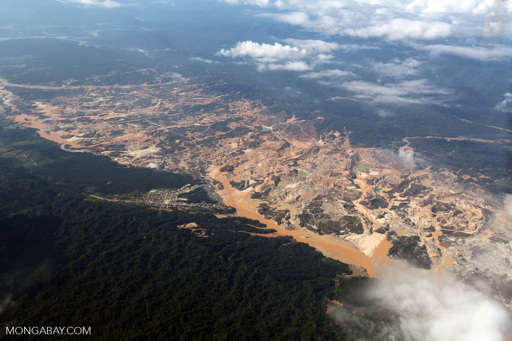For years, gold mining has been one of Peru’s most pressing environmental challenges, with illegal operations clearing the Amazon Rainforest and polluting rivers with chemicals. The industry continues to grow, as miners spread into new parts of the country and adopt different ways of working. One recent project that maps mining operations and their expansion shows how mining has spread into the country’s northern provinces and implemented river-based extraction methods that aren’t common in other mining hotspots. Developed by Amazon Conservation’s Monitoring of the Andes Amazon Program (MAAP), the project is one of the first visualizations of Peru’s mining problem on a national scale. “Having this baseline comprehensive look at what’s happening in Peru can serve as the basis for better understanding the magnitude of illegal mining,” Matt Finer, MAAP director and senior research specialist, told Mongabay. “Then we’re getting into, ‘Where is it? Where is it increasing? Where is it decreasing?’” Gold mining caused 139,169 hectares (343,894 acres) of deforestation between 1984 and the first half of 2025, predominantly in the southern department of Madre de Dios, according to the MAAP analysis. In that department alone, MAAP found more than 2,000 pieces of mining infrastructure, including drills, chutes, dredges and mining rafts. Gold mining in the Peruvian Amazon, August 2025. Source: MAAP. Madre de Dios was the focus of Peru’s Operation Mercury in 2019, in which law enforcement aggressively dismantled mine sites. It was a short-term success that saw deforestation rates slow for a couple of years before rebounding…This article was originally published on Mongabay
From Conservation news via this RSS feed


